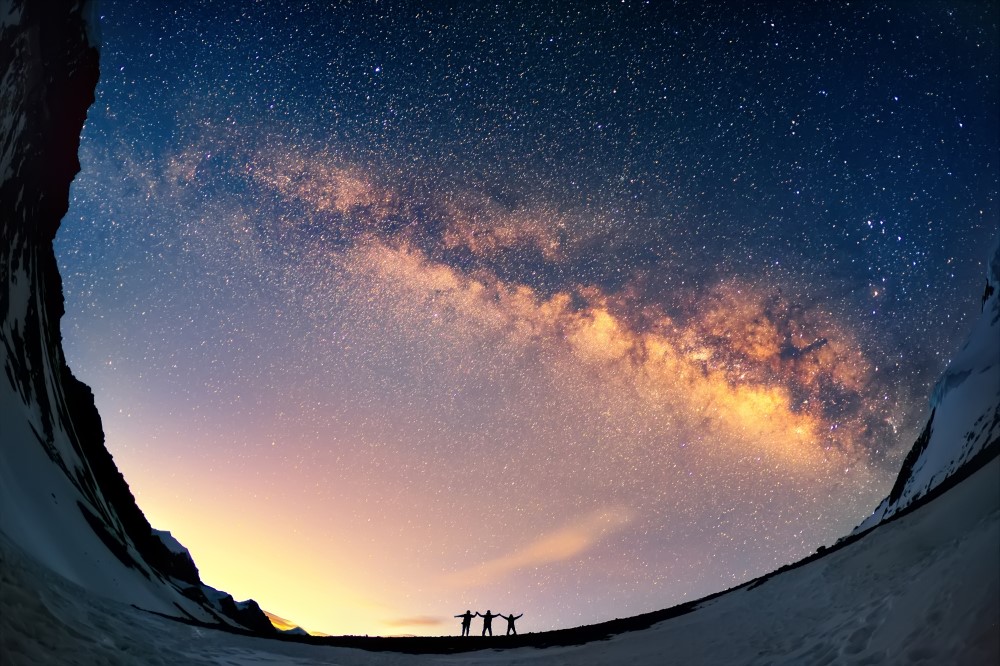Moira Smart tells us of her trip to Patagonia to see Magellanic penguins and the treats and dangers they face as they fight to survival. Part of the Explorers Against Extinction Travel Writing competition:
The boundless indigo sky melted into the shimmering ocean. Cries of the circling gulls were carried out to sea by the wild Patagonian wind. It seemed to leave nothing untouched, except the scene playing out before me where hundreds of Magellanic penguins went about their daily activities, unperturbed.
Loving couples preened one another, while donkey-like braying came from those standing upright, flippers spread wide and beaks pointing to the sky. Energetic chaps paraded back and forth from their nests to the water. A marvellous transformation occurred when they entered the crystal sea: it was as if the circus clown dropped his costume and became an acrobat as he dived and glided through the water. Their element is undeniably the sea.
I was on a day excursion from Puerto Madryn in the Chubut province of Argentina 1600km south of Buenos Aires. My viewing deck was a three-kilometre raised wooden walkway at the Punta Tombo Reserve; an opportunity to observe the penguin colony without disturbing them or their habitat, also avoiding foot contact with accumulated guano. I welcomed the fierce wind in its swift removal of the not-so-sweet smell! Park rangers keep a strict watch on visitors in this pristine reserve. The nests were either deep burrows where the birds disappeared like miners or scrapes under scraggly bushes.
Among the plodding penguins the graceful rust coloured guanacos grazed calmly. It was these wild relatives of the llama that the tall, hardy, nomadic Tehuelche relied on during their winter sojourn on this barren steppe. Sadly, this tribe, who wandered the coasts and plains protecting only their families, are no more after sheep ranches were fenced off and occupied by belligerent farmers with rifles.
Despite the abundance of penguins before me, there was a time when they were on the brink of being turned into gloves, handbags and animal feed. In the 80’s a group of Japanese businessmen approached the Chubut governor with a request for “rational culling”: to harvest thousands of penguins every year. The Argentine public vocalised their outrage through conservation groups, media campaigns, demonstrations and marching to the governor’s house in protest, which resulted in the scheme being rejected.
Alarm bells rang. The Wildlife Conservation Society sprang into action and established the Magellanic Penguin Project. The Project Director, Dr. Dee Boersema voices this alert: “Think of penguins as ocean sentinels. They’re on the frontline of sea change. We had better listen to what they are telling us!”
Penguins are key species for monitoring the health of our ecosystems as they are extremely sensitive to environmental changes. Because they live most of their lives at sea migrating in winter to warmer seas but return to land to breed, they are accessible to researchers. Scientists use the knowledge gained to develop effective conservation strategies.
After their lengthy migratory journey, as far north as Brazil, the Magellanic penguins return to Punta Tombo in September to breed. The male – using a system his namesake Ferdinand did not have – navigates around the myriad burrows, to find the same nest he occupied the previous year. His distinctive call reaches his lifelong mate who arrives to a warm welcome in her refurbished home. Elaborate courtship ensues, usually resulting in two eggs. The parents alternate incubating the eggs, caring for the chicks when they hatch and foraging for food at sea.
Disturbing results were found when Dr Dee tagged and followed the fearless birds via satellite: the penguins’ foraging range, previously close to shore, now extended many kilometres further out to sea. The parent’s delayed return resulted in the chicks dying of hunger. Back home at the nest the partner is forced to watch them die rather than expose them to predators – like the grey fox I saw lurking around, the sneaky armadillo scuttling along like a clockwork toy or the sizeable skua screeching overhead.
The reason for lack of prey is mainly due to commercial over-fishing. Finally in 2016 the Global Penguin Society celebrated two victories at Punta Tombo: a designated UNESCO Blue Patagonia Biosphere Reserve of 3.1million hectare of land and sea, and a Marine Protected Area which will protect their feeding areas and routes extending up to 12 nautical miles. A two-year experiment with a MPA for the cousins of Magellanic penguin, our African penguins, at St. Croix Island in Algoa Bay showed immediate benefits for the birds foraging and survival.
Oil spillage has also had devastating effects. Action taken to have tanker lanes moved 40km further offshore of the Chubut coast has reduced this threat.
Further research has also revealed that climate change is affecting the survival of chicks. Beside temperatures rising, storms are more intense and occurring earlier, flooding the burrows and causing unfledged chicks to die of hypothermia. World Ocean Day, which is held worldwide the eighth of June every year, has contributed to making us aware that the ocean is the heart of our planet. As we reduce our individual footprint, support NGOs and conservation groups, we are working together for the future of our oceans and its inhabitants. Results of action taken by the Argentine public is an example of what can be achieved.
When I reflect on my day spent among the Magellanic penguins I no longer think of them as entertaining little jesters. I now envisage them in the darkness of long winter nights riding the swells of stormy seas; intrepid and resilient, facing the challenges of an unsure future in the race for survival.
Wherever would we be without them?

